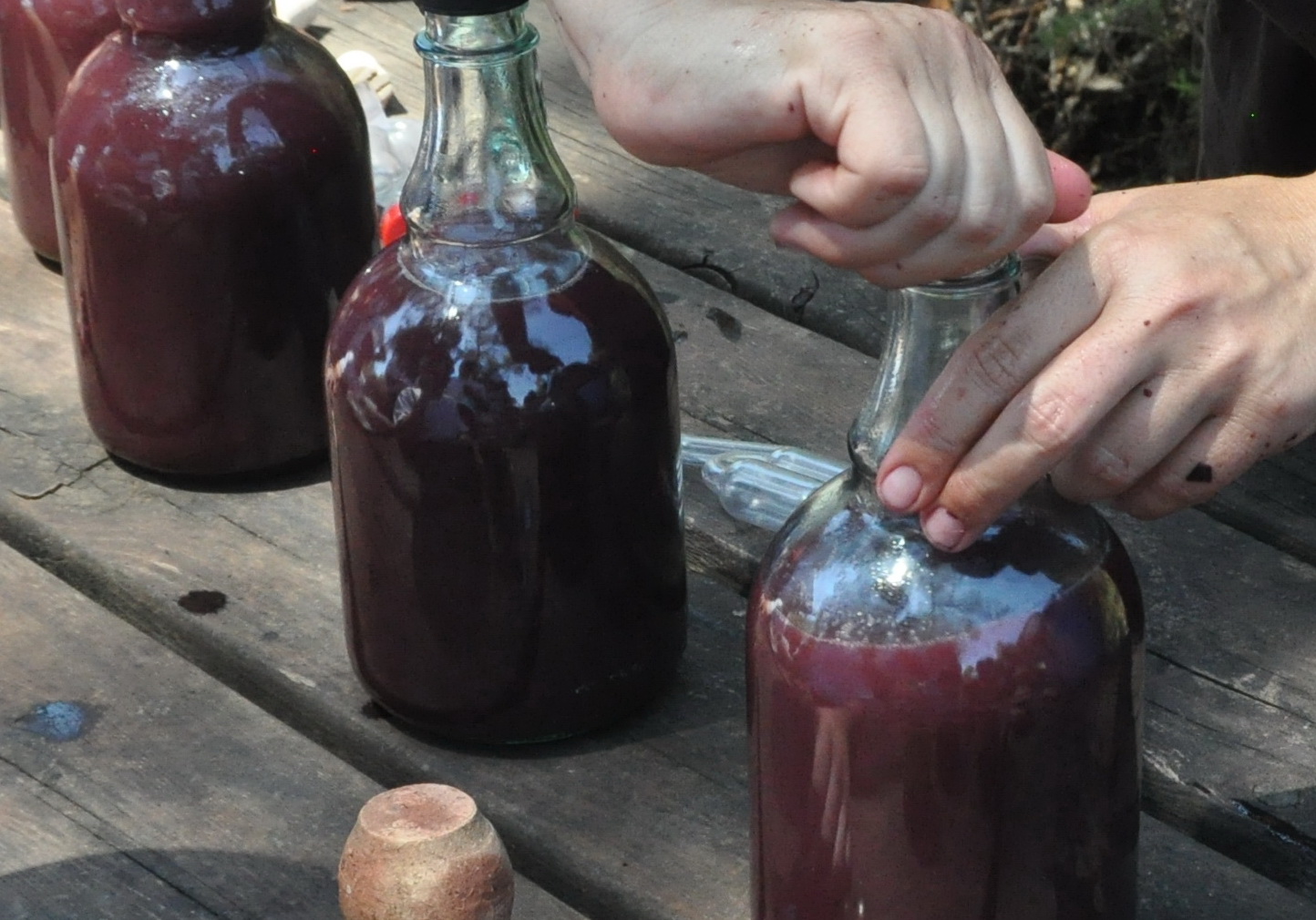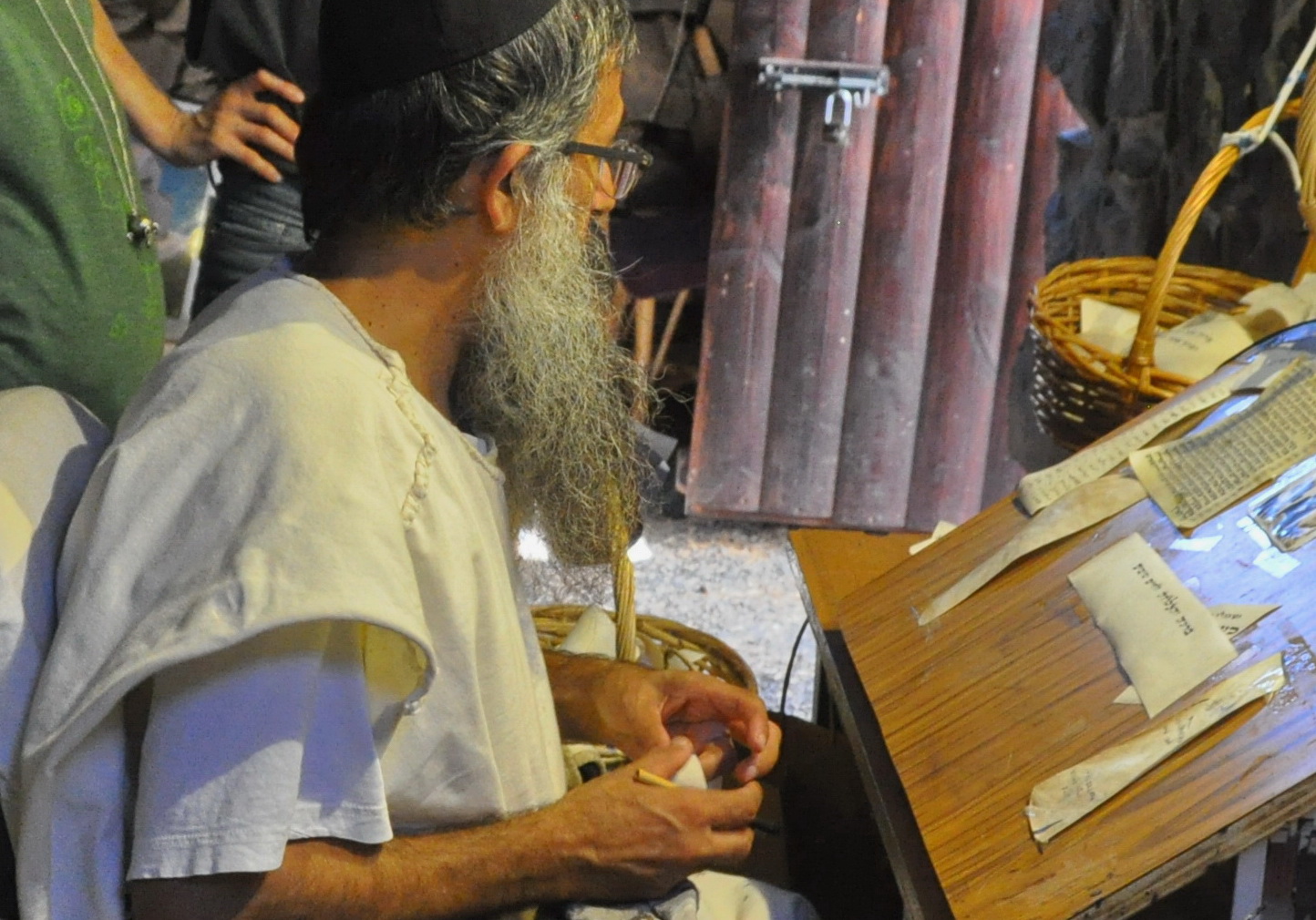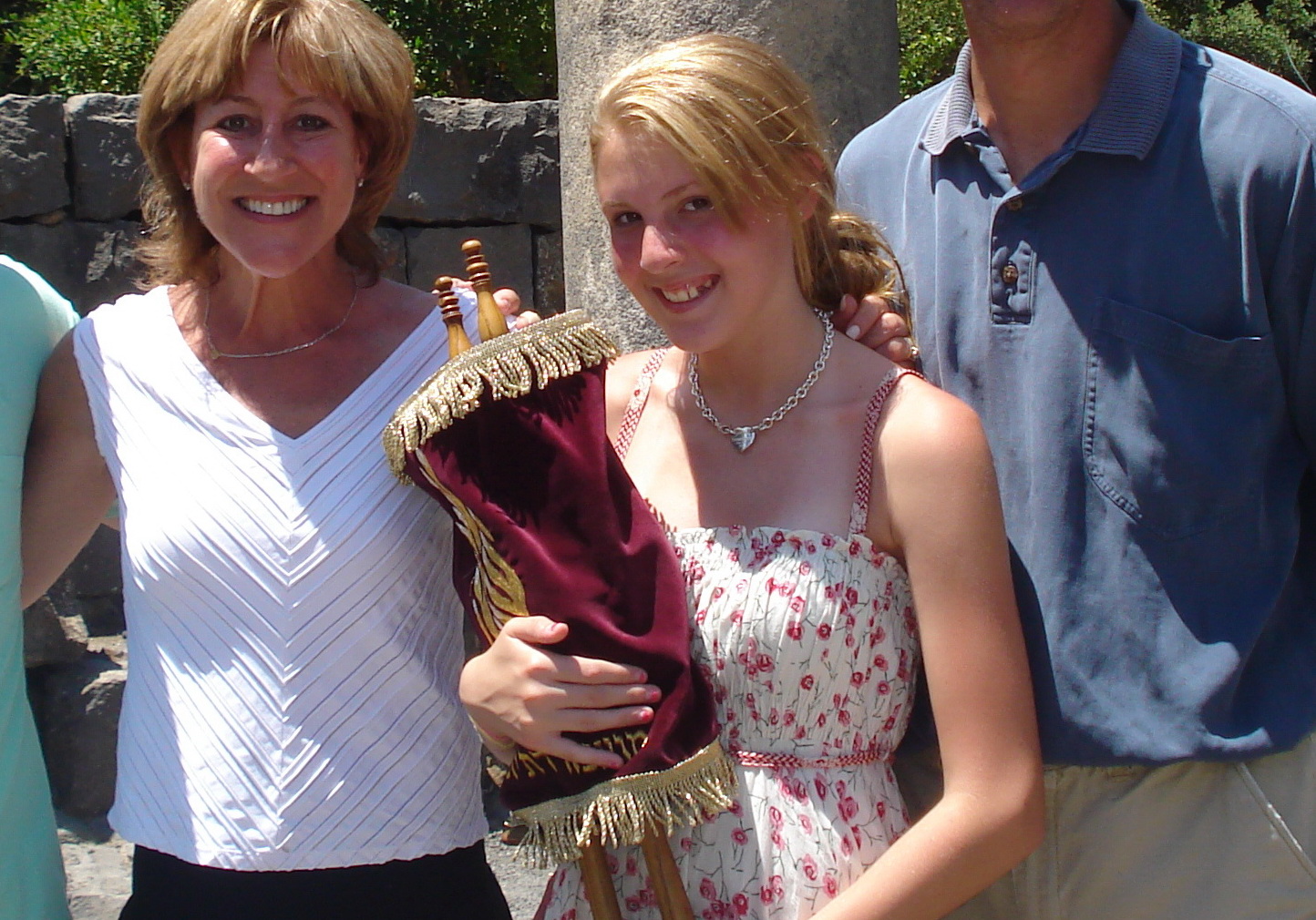A short account of Katzrin, given by your Israel & Jerusalem private tour guide
In the central part of the Golan Heights, near the modern town of Katzrin, you can find the remains of a Jewish village dating back to the Roman and Byzantine periods (2nd -7th centuries). Unlike other ancient Jewish villages that existed on the Golan, this one was partially restored, and can teach us what village life was like 1,500 years ago.

click on all the photos to open them up
A bit of history
The Golan Heights was a rocky area, and as a result, it was not easy to settle. In fact, during most of the time periods, not many people lived on the Golan at all. Things changed at the end of the 2nd century BCE, when the Golan Heights were taken by the Hasmonean (Maccabee) King, Alaxander Janeus (Yanai). He brought Jewish settlers to the Golan Heights and later, King Herod the Great did the same.
In the 2nd century CE, following the two revolts against the Romans, whereby thousands of refugees escaped from Judea to the north, the Golan Heights were settled with even larger numbers of Jews. So far, the remains of 25 Jewish villages have been found. Katzrin is one of them.
In many of these ruins, modern (though primitive) Syrian villages were built. However, it is quite easy to expose the ancient Jewish village within the modern one. Lintel stones from the synagogues were re-used in the modern homes, ritual baths (mikvahs) found, and above all – the remains of the ancient village’s public building, the synagogue, was unearthed. In other modern villages, churches were found, documenting the religion of the ancient village.
What can one see in Katzrin?
- Ancient Katzrin, which has been transformed into the Talmudic Park of Katzrin, demonstrates the way of life in a Jewish village during the Talmudic period (3rd-5th centuries CE). One of the homes was completely restored and can be visited, and another one shows various construction methods.
- An olive press and a wine press are exhibited, and can be used by groups to produce wine and olive oil during the right seasons.
- You can watch two videos, which deal with Talmudic issues, presented in a very colorful way.
- The synagogue is partially restored, but manages to show all of the elements of a synagogue with which we are familiar – a beautiful entrance, columns, seats around the walls, the place of the Bima and Aron Hakodesh (facing Jerusalem and Temple Mount), a study and writing room, etc. It is possible to have bar/bat mitzvah services in the synagogue.












